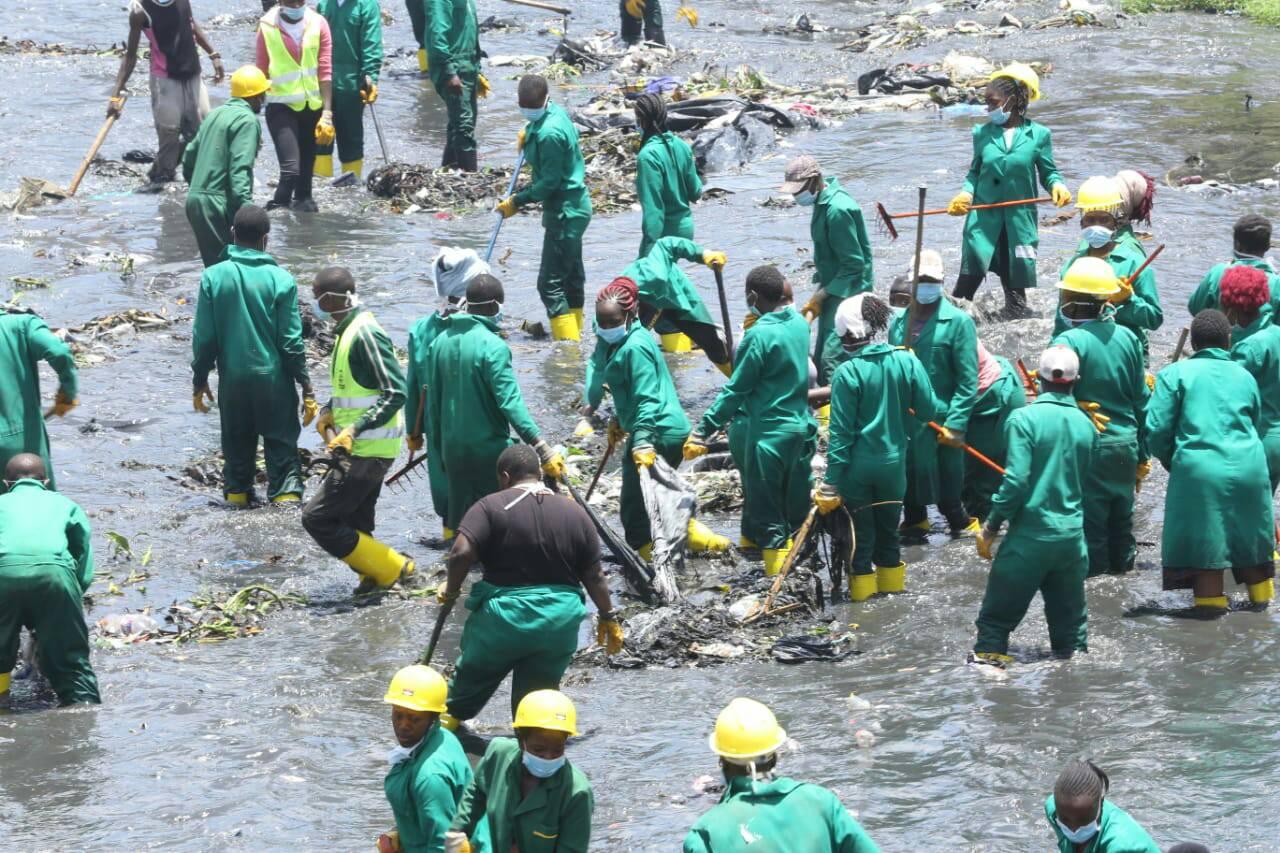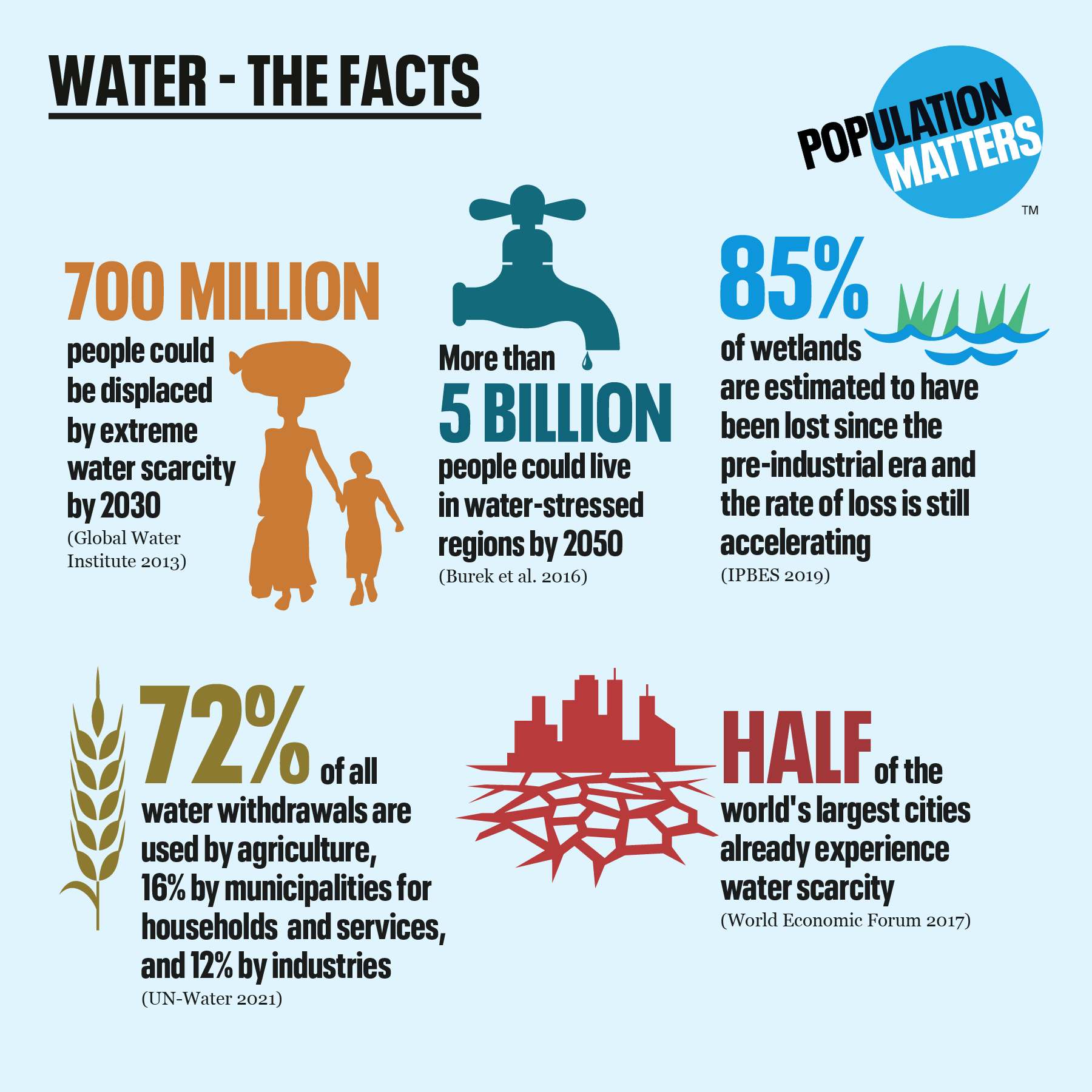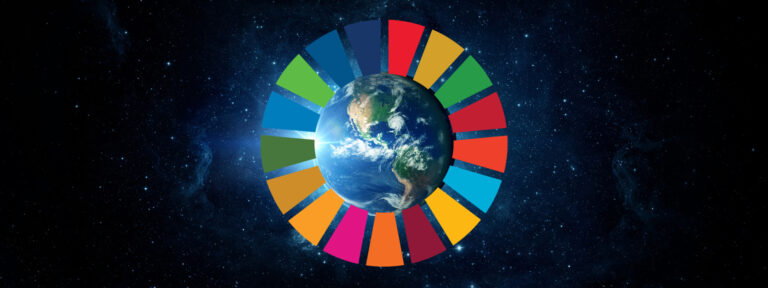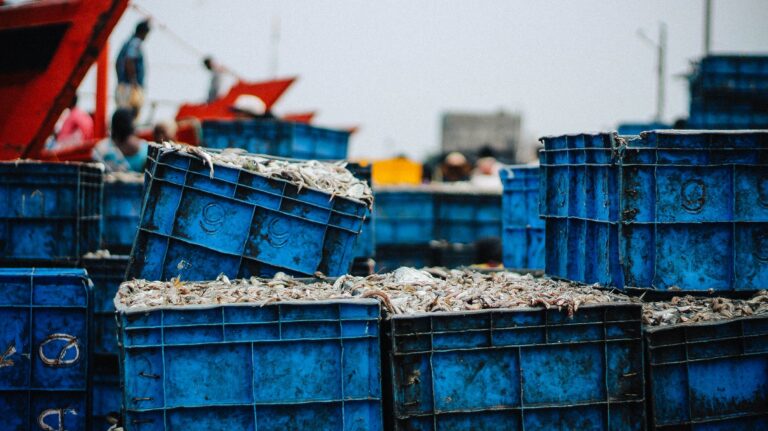
Can we meet our water needs?
The first major United Nations conference on water for more than 40 years convenes in New York today, World Water Day. With a small team from Population Matters taking part, we look at the key issues, and the part that addressing population can play.
The United Nations’ Sustainable Development Goals (SDGs) are a set of 17 targets for the year 2030, intended to ensure that everyone can enjoy a decent quality of life on a healthy planet. Goal Six is Clean Water and Sanitation. Like the other SDGs, we are not currently on track to achieve it.
Despite progress, 2 billion people still lack safe drinking water in 2023 and half of medical facilities in Least Developed Countries worldwide lack clean water for hygiene. 2.3 billion people live in “water-stressed” countries, where supply cannot always meet demand. 733 million live in high and critically water-stressed countries. According to a new report, by 2030 humanity will be demanding 40% more water than the Earth can supply.
As the global population increases, and resource-intensive economic development continues, many countries’ water resources and infrastructure are failing to meet accelerating demand.”
UN Water

Global and local challenges
Water challenges are global in scale, but local or regional in nature. Unlike food or energy, distributing water over long distances is extremely difficult. While global forces such as the climate crisis may drive water challenges such as droughts, if where you live doesn’t have enough water, the solutions need to be implemented where you live.
Currently, scarce water is effectively being wasted due to inefficient use, such as through poor agricultural techniques, inadequate infrastructure and industrial processes such as mining which use water with little regard for its scarcity. Pollution from industry, agriculture or sewage can render water unusable for human use. Governments may often subsidise these harmful practices to boost economic growth or food supply.
Water threats are not just limited to water shortage, with hazards such as floods exacerbated by climate change. Very often the impacts of these events fall hardest on women and girls.
Population Matters’ partner organisation The Awakening faced critical challenges from the devastating floods in Pakistan last year. A past recipient of funding through our Empower to Plan programme, KOMB GREEN Solutions built flood defences around the Nairobi River in Kenya, as well as tackling another critical water challenge – pollution.
The population factor
Many of the places where the challenges are most acute face multiple problems, and population growth can both drive water problems and make it far more difficult for people to manage, or survive, them.
Last year, the UN Convention to Combat Desertification (UNCCD) identified that 23 countries will face increased risk of exposure to drought primarily due to population growth and 38 mostly due to the interaction between climate change and population growth.
Meanwhile, 13 Least Developed Countries, which all have high population growth, are on UNCCD’s list of 23 countries which experienced drought emergencies between 2020 and 2022. Those include Afghanistan, where the UN projects population growth of 80% by 2050, Madagascar (75% growth), Ethiopia (75%) and Niger (150% growth).
More than 70% of water use is for agriculture, and growing food demands are a key driver of water scarcity. According to the UN’s Food and Agriculture Organization, the total amount of food, fibre and biofuels produced by agriculture globally will need to increase by 50% relative to 2012 to meet demand. Food production in South Asia and Sub-Saharan Africa (both facing high water stress) will need to more than double to meet estimated calorific requirements.

Water in rich countries
Where food is exported to generate income from trade, it also exports “virtual water” – the water consumed in its production is then unavailable for local use. This is one of the ways in which high-income countries create what the UN has called “spillover”, preventing other countries and regions from developing and meeting their own needs.
Water stress and scarcity is not limited to countries with low income, high population growth and arid landscapes, however. Parts of the US face significant challenges meeting demand, while water supply in the UK has been described as approaching “the jaws of death”. (The UK’s population is set to increase by 4 million by 2045, with the fastest growth projected in the areas most water-stressed.)

See our referenced briefing to learn more about the relationship between population and water
The water conference
Unlike climate change and biodiversity, there is no overarching international structure for addressing the water crisis, such as the United Nations Framework Convention on Climate Change and the Convention on Biodiversity. Instead, the UN is promoting a Decade of Action for water, from 2018-2028.
Population Matters has made its own commitment to take action, featured on the UN’s site.
With progress far off track to meet SDG 6, this week’s UN conference will bring together governments, experts, businesses, environmentalists, campaigners and organisations working on the front line to deliver vital water services where the need is greatest. Population Matters’ team of director Robin Maynard and Communications Officer Florence Blondel are attending the three-day event at UN Headquarters where they will be making the case for greater support for ethical, effective population solutions which reduce demand for water, lower pollution, help to tackle climate change ,and empower people and communities – especially women and girls – to manage, overcome and adapt to critical challenges, including all those arising from water.



